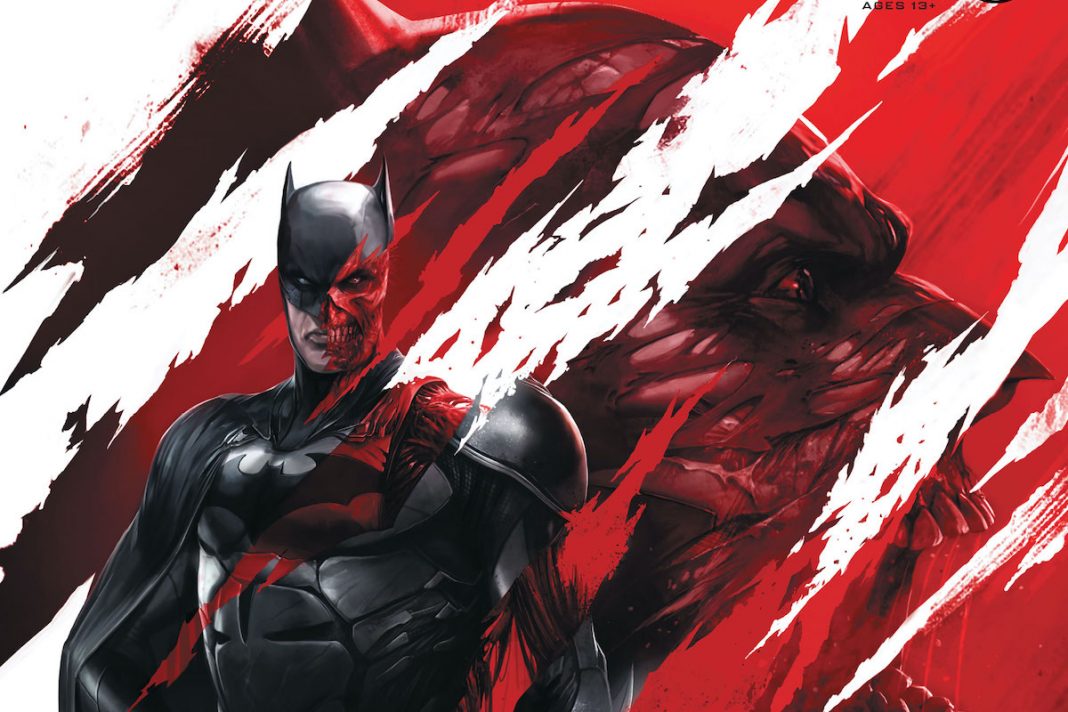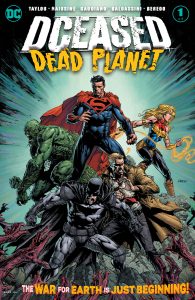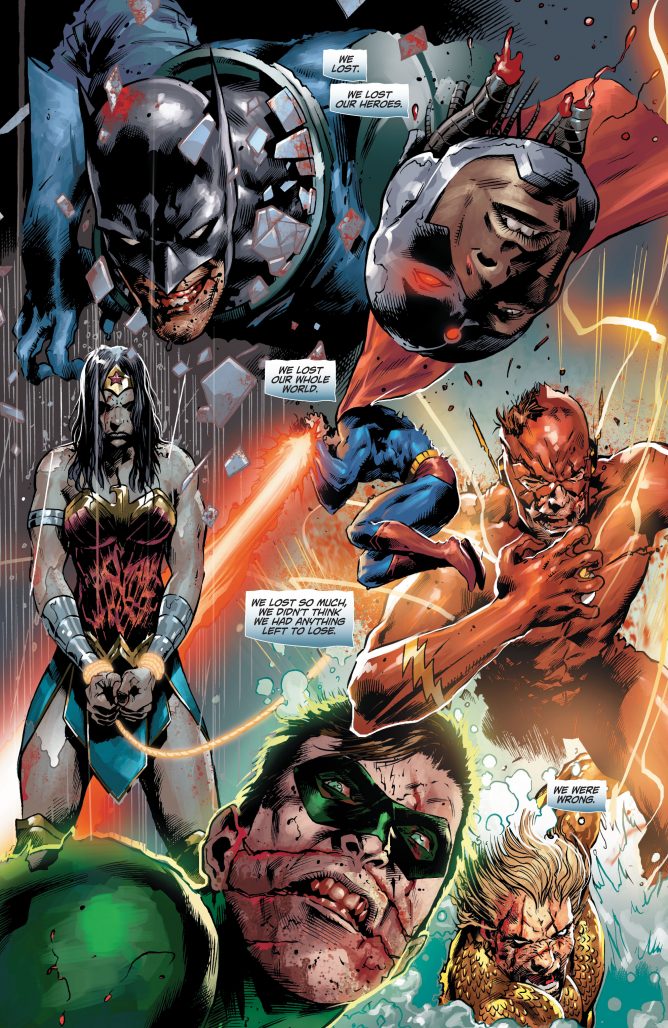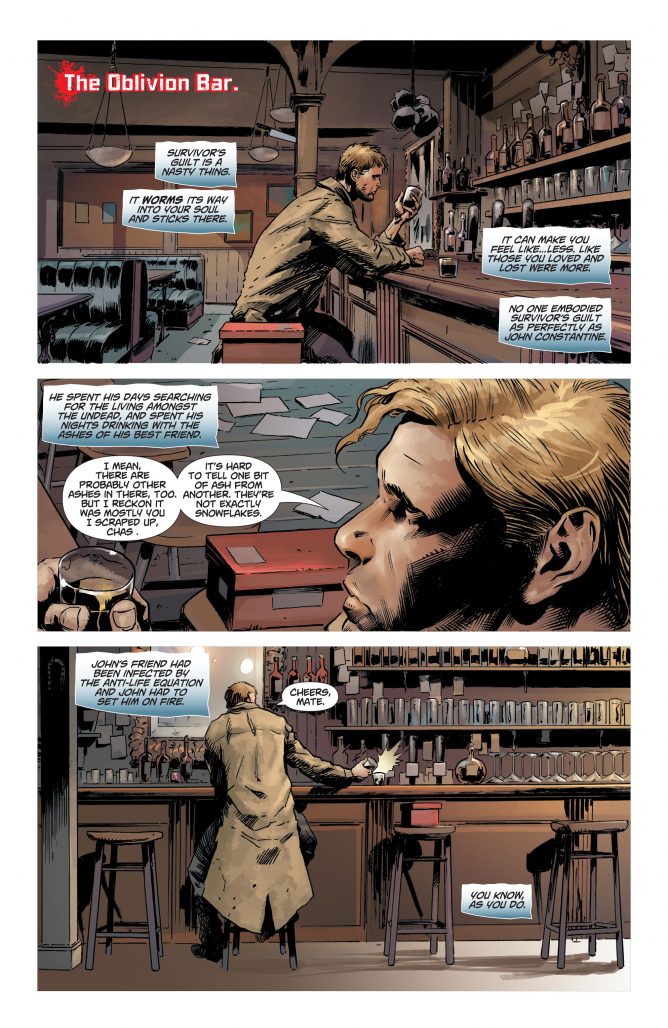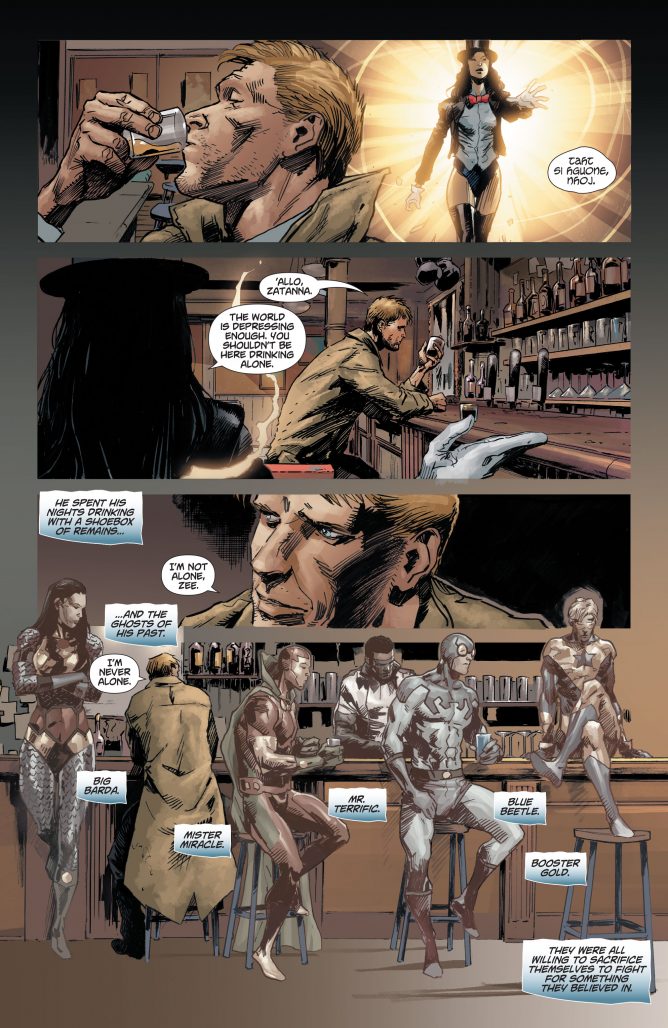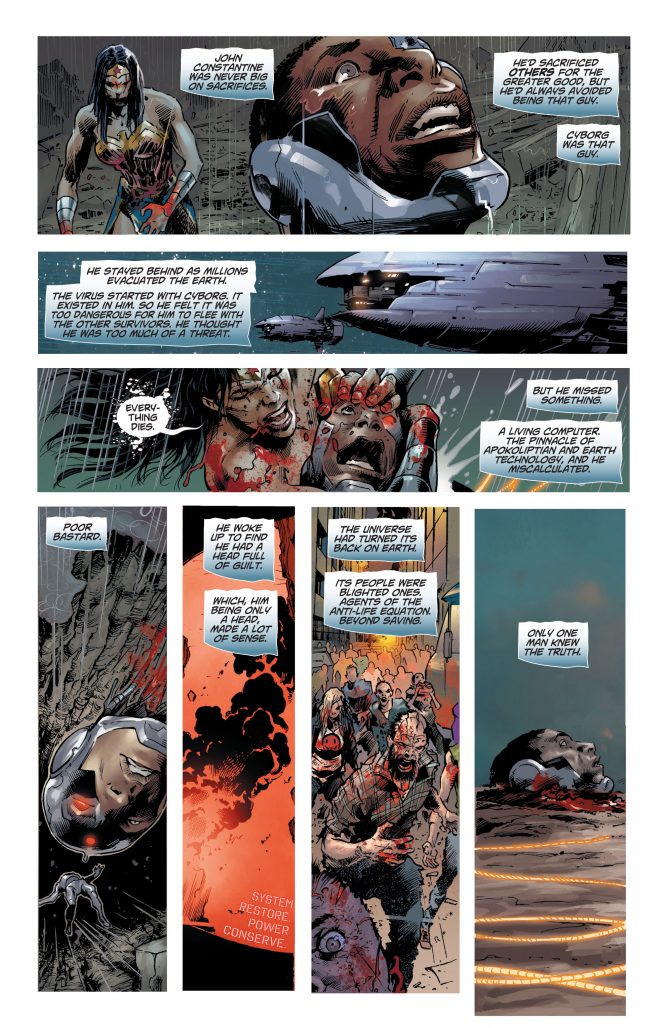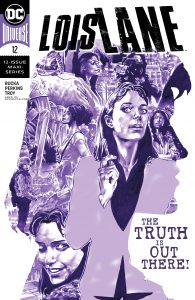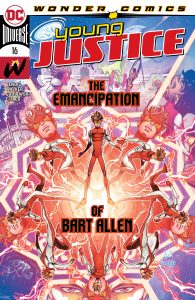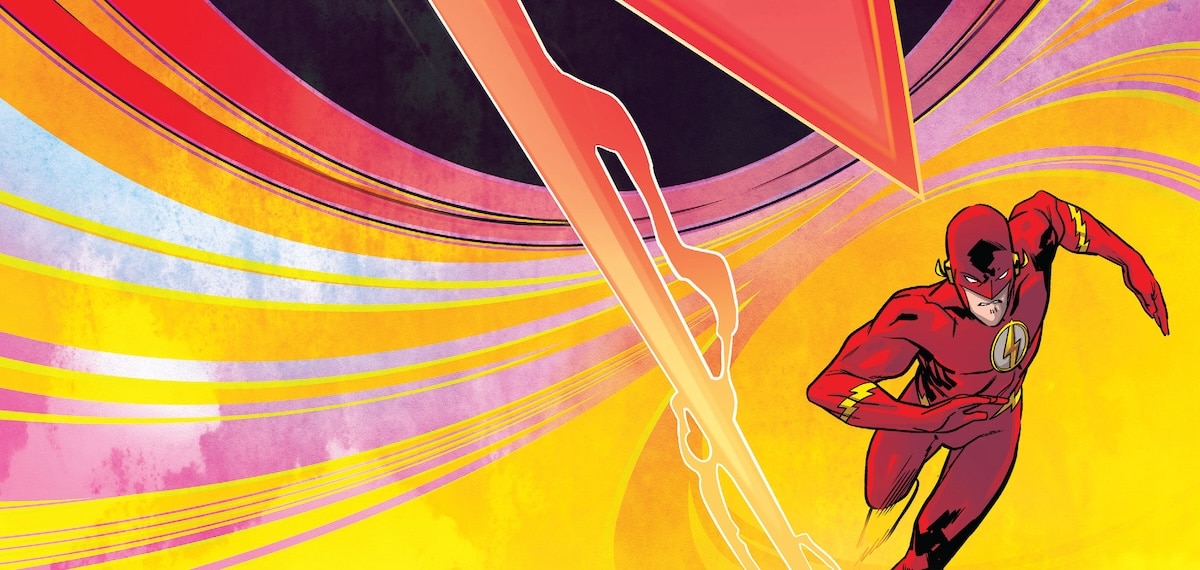THIS WEEK: DCeased – Dead Planet #1 starts part two of an alternate-world take so popular that it might end up becoming accepted continuity for the end of the Post-Crisis era. Plus, Lois Lane wraps up a maxiseries that felt a bit unexpected.
 DCeased – Dead Planet #1
DCeased – Dead Planet #1
Writer: Tom Taylor
Pencils: Trevor Hairsine
Inks: Gigi Baldassini & Stefano Gaudiano
Colors: Rain Beredo
Letters: Saida Temofonte
DC Comics continuity is a whole big thing. That’s a vague and reductive way to describe it (or to describe anything, really), but I think anyone who has followed the publisher’s comics for some length of time gets it (and is probably nodding along, going, “yep, it sure is!”). DC’s continuity is an ever-evolving, chaotic mess of stories that spans more than eight decades. It’s a fuzzy maze of narrative, and for most readers, the only recourse is to take command of it, molding it into whatever they most want it to become.
See, the publisher regularly moves to refurbish its continuity, to reorganize its continuity, to reboot its continuity. In fact, that’s kind of become it’s thing, to the point that its current big summer event — Dark Nights: Death Metal — has been described by creative architect and writer Scott Synder as an effort to “sort out” DC continuity. But you know what I came to realize this week while reading DCeased – Dead Planet #1? The publisher is not the entity that gets to dictate the stories that count within its own history. It’s actually us, the readers, who get to make that call.
So yeah, DC Comics can make its timelines, relaunch its books, and try to “sort out” which stories happened when and in what universe. The publisher can do that all it wants, but what ultimately determines the lasting boundaries of its continuity is the way the stories resonate with the fans. My point with all of this ties into DCeased – Dead Planet #1, which hits this week and is technically what I’m here to review right now (I know, shocking). Despite being a new #1, this week’s book is the continuation of an ongoing story that has now tallied more than 10 issues of comics over the past year and change, as well as a series of digital-only shorts.
DCeased takes place in an alternate DC Universe, in which a techno-virus stemming from Darkseid and the anti-life equation has manifested in Earth’s technology by using the hero Cyborg as conduit. It has now gone from screen to screen, overrunning the entire planet and consuming in different ways the whole of the DC trinity. Batman is dead. Wonder Woman is a zombie and enemy combatant, and Superman is trapped in a prolonged process of throwing himself into the the sun so as not to turn on the Earth and the remaining people there whom he loves. That’s the status quo from which this book opens.
And it opens with a giant and growing audience, as well. Look, DCeased is not entirely my thing. I think it’s fine. It’s as entertaining in a bonkers way as its direct predecessor, the alternate world videogame tie-in series, Injustice. Both of these book were written by Tom Taylor, who has a true knack for depicting long-standing relationships between these corporate characters in a way that makes readers like me feel happy about it. On the whole, DCeased is a fun zombie romp, but I am, admittedly, surprised that it’s also turned into a mega-hit property and (arguably) the most beloved thing happening at the publisher right now (at least if sales are anything to go by). In fact, that’s where this idea of continuity comes in. While reading DCeased – Dead Planet #1, I couldn’t help but wonder at what point does this story become so popular and well-received, that it burrows into DC cannon? When does it become continuity the same way previously out-of-continuity stories have done over the years, with The Killing Joke serving here as a prime example?
And you know what, folks? With this issue, I think DCeased is already there, and I think its status in that area is being dictated not just by its vast popularity with the fans, but also by the timing in which it hits. DC Comics superhero universe is in flux right now. Off the page, the publisher is clearly moving toward a model that emphasizes graphic novels, YA stories, and giant-sized anthologies above the 20-some page monthly floppies that have for so long constituted the superhero comics arena. As it moves to this new strategy — aiming squarely at getting its comic books into book stores and mass market retailers instead of just the esoteric realm of comic shops — this new story about the end of the entire DC Universe just happens to show up.
So, the question to me is not whether DCeased – Dead Planet #1 is any good. Not at this point, during which you most definitely already know whether this thing is for you. The question is now whether this will become the definitive narrative end to the Post-Crisis era of comic books at DC. And you know what? I think it stands a very good chance. Other stories will most certainly seek to accomplish that — Dark Nights: Death Metal, chief among them — but I just can’t imagine any having the reckless abandon to the characters needed to put a period on an era the way this book does. And to me, that’s where DCeased continues to succeed — it’s a story where anything can happen to anyone, and when you’re trying to end an era, that kind of unpredictability is key.
Verdict: You already know if you’re buying this one or not, don’t you?
Round-Up
The Lois Lane 12-issue maxiseries came to an end this week, and now I can definitely say this was not at all what I expected. Based on the first issue, the book from writer Greg Rucka and artist Mike Perkins seemed like it wanted to be one of the publisher’s increasing number of prestige maxiseries, a mostly self-contained tale with a clear beginning-middle-end that explore the essence of its character in a new way for 2020. Over the course the run, however, the book slowly turned into something else: an adventure story that at various times took detours into Lois’ reactions to what larger events happening in the other Superman comics. The end result was a book that read really well from month-to-month (Rucka and Perkins are a phenomenal team), but mostly lacked a consistent identity. Perhaps most surprising, was that the book in its final act veered off into major questions about DC’s spliced continuity, a far cry from the grounded story about heroic press it teased with its debut issue.
- But Lois Lane was not the only ending we got this week. There was also Doom Patrol: Weight of the Worlds #7, which put a (bizarre!) bow on this run, started all the way back in 2016 with the launch of the Vertigo imprint, Young Animal. This comic caught me by surprise, with the creative and distribution delays taking off my radar. I’d forgotten it was still going. Even so, what a beautiful comic this team eventually delivered. Artist Nick Derington is inked in places here by Mike Allred with colors by Tamra Bonvillain, and the result is gorgeous. It’s a fine conclusion to the story writer Gerard Way started with Derington way back when, but the real highlight in this comic is a number of a stunning standout individual panels.
- The first arc by new flagship Batman writer James Tynion IV also came to a close this week. It was almost entirely setup for a big Batman vs. Joker event that is in the process of starting up now. Overall, it felt alternately marketable (Punchline!) and safe, which is a bit of an adjustment after all the risk-taking the title engaged in under previous writer, Tom King. King’s work on the title was inconsistent at times, but the highs were absolutely wonderful, and now I find myself missing having a main Batman comic that takes risks, even if sometimes that means failure.
Finally, I really enjoyed this week’s Bart Allen-heavy issue of Young Justice. I’ve said from the start of this run that what’s making it work really well is the mystery of the team’s place within DC Comics continuity (that again!). In this issue, we get continuity at the center of a two-character conversation between Allen and Superboy Connor Kent…for an entire issue. My late ’90s kid comics-reading heart was weaned on these characters, and so an issue with them talking about their places in the new world was something that was very much My Kind of Thing (caps intentional).
Miss any of our earlier reviews? Check out our full archive!


